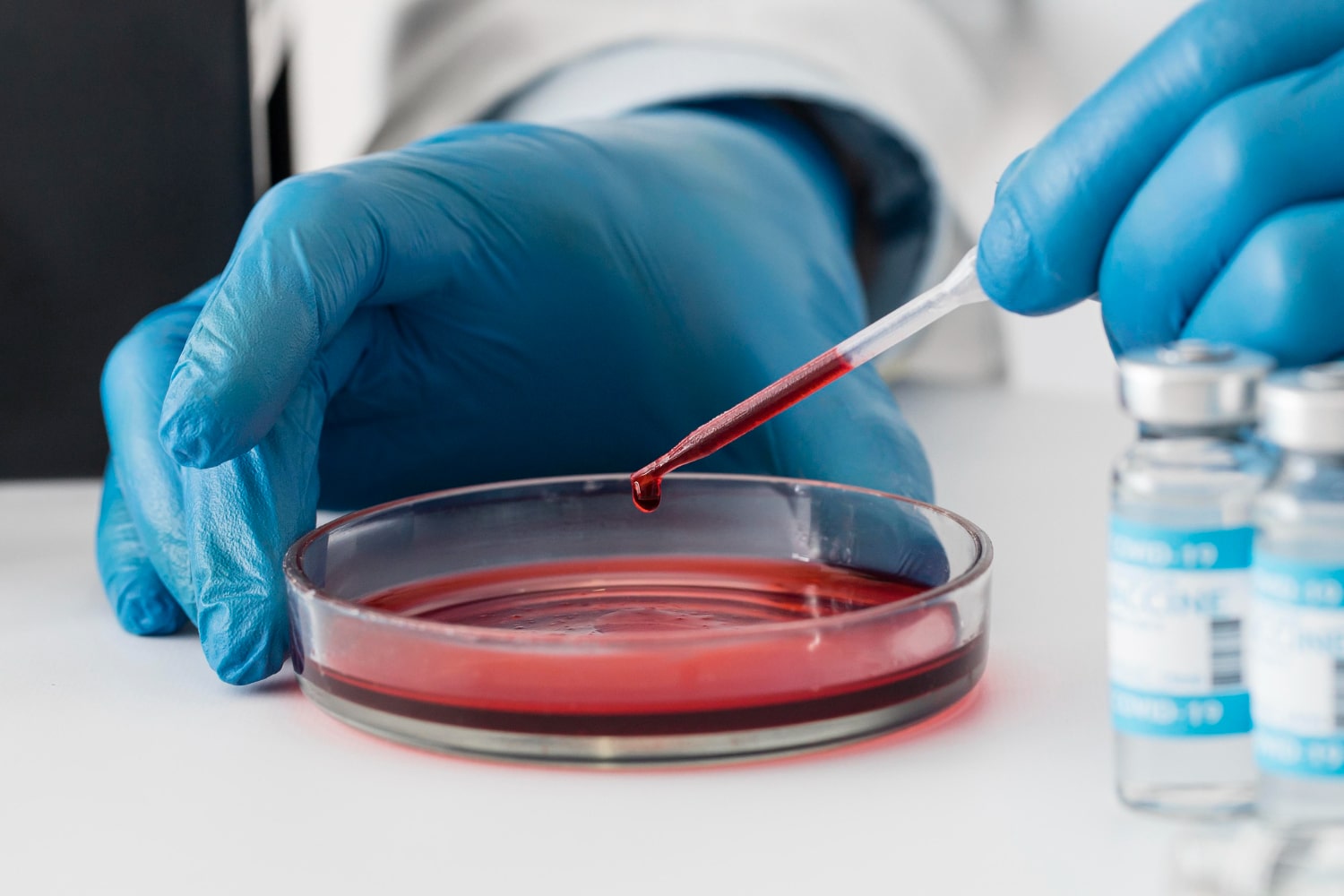4DMT Accelerates Phase 3 Eye Gene Therapy Trials Despite 25% Workforce Reduction
4D Molecular Therapeutics (4DMT) is pressing ahead with its late-stage gene therapy ambitions even as it undergoes significant internal restructuring. The California-based genetic medicines company announced that it has laid off approximately 25% of its workforce, a move primarily affecting early-stage research and development (R&D) teams and support functions. The layoffs are part of a […]

4D Molecular Therapeutics (4DMT) is pressing ahead with its late-stage gene therapy ambitions even as it undergoes significant internal restructuring. The California-based genetic medicines company announced that it has laid off approximately 25% of its workforce, a move primarily affecting early-stage research and development (R&D) teams and support functions. The layoffs are part of a broader strategy to streamline operations and focus resources on its most advanced asset: 4D-150, a gene therapy for wet age-related macular degeneration (AMD).
According to the company, the decision to downsize will result in an estimated $15 million in annual savings, enabling 4DMT to extend its cash runway into 2028. As of February 2024, 4DMT employed 227 full-time staff, 166 of whom were engaged in R&D. The July statement emphasized that the layoffs were selective and aligned with the company’s pivot toward late-stage programs and eventual commercialization.
Despite the reduction in headcount, 4DMT is not slowing down—in fact, it’s doing the opposite. The company revealed that it is accelerating the timeline for both of its Phase 3 clinical trials of 4D-150, a dual-mechanism gene therapy candidate designed to treat wet AMD. The therapy uses an adeno-associated virus (AAV) vector to deliver genes encoding aflibercept—the active ingredient in Regeneron’s blockbuster drug Eylea—and an RNA interference component that suppresses VEGF-C expression, aiming for a more durable and effective suppression of abnormal blood vessel growth in the retina.
According to 4DMT’s statement, one of the two Phase 3 studies has already exceeded enrollment expectations, driven by strong investigator and patient interest. As a result, the company has moved up the expected topline readout for this North American trial from the second half of 2027 to the first half of the year. The second global trial, which also spans 52 weeks, began ahead of schedule in June and remains on track for a readout in the second half of 2027.
The advancement of 4D-150 comes on the heels of a broader strategic refocusing effort that began earlier this year. In January, 4DMT discontinued development of gene therapy candidates for two rare eye diseases—choroideremia and X-linked retinitis pigmentosa—and halted future funding for three additional programs unless new financial backing or partnerships emerge. These moves were aimed at conserving capital and prioritizing resources for the most commercially promising programs.
CEO David Kirn emphasized that the company is transitioning into a commercial-stage enterprise, with a clear mission to deliver first-in-class, long-lasting genetic medicines to patients with significant unmet needs.
As of the end of Q1, 4DMT reported having $458 million in cash and cash equivalents, providing ample capital to fund its operations and the ongoing Phase 3 trials. The financial discipline, combined with a narrowed focus on high-potential programs, positions the company to navigate the costly and complex path to regulatory approval and commercialization.
While the layoffs reflect the broader financial pressures facing many biotech firms, 4DMT appears committed to staying on offense, prioritizing near-term clinical milestones that could determine the company’s long-term viability and success in the competitive ophthalmology space.
What's Your Reaction?































